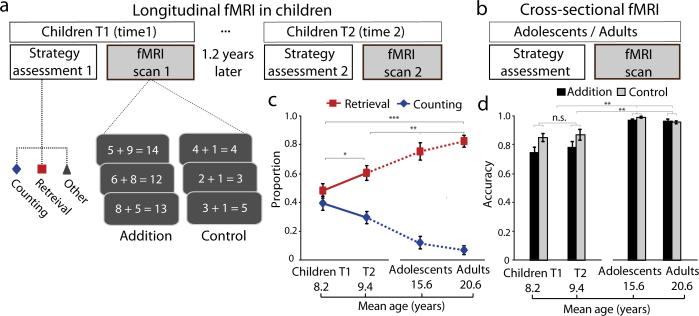Fig. 1. Experimental design and behavioral results.
(a) For the longitudinal fMRI study, twenty-eight young children participated twice, first at Time-1 (T1) and then 1.2 years later at Time-2 (T2). Each child performed two arithmetic problem solving tasks involving single-digit addition. The first task involved verbal production of the answer, during which problem solving strategies were assessed, on a trial-by-trial basis (online Methods), outside the scanner. Based on the child's self-report and experimenter observations, the use of strategies for solving each problem was classified into counting or retrieval. The second task involved verification of whether an answer presented with an arithmetic problem was correct or not and was performed during fMRI scanning. The control task involved “n + 1” problems that are generally solved using a classic rule-based strategy with minimal changes in strategy shifts with development. (b) For the cross-sectional fMRI study, the same strategy assessment and fMRI tasks were performed by an additional group of 20 adolescents and 20 adults. (c) Developmental changes in the mix of strategies used for solving arithmetic problems, showing a gradual increase in memory-based retrieval and decrease in use of counting strategies. Solid lines represent data at T1 and T2 in children, and dotted lines represent data from adolescents and adults. (d) Developmental changes in task performance during fMRI from childhood through adolescence into adulthood. Notes: *P<0.05; ** P<0.01; ***P<0.001. Error bars represent standard error of mean throughout the whole manuscript.

